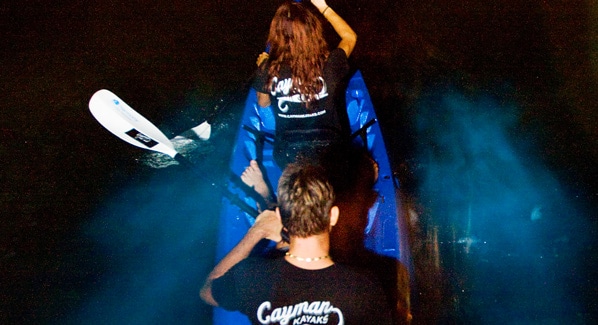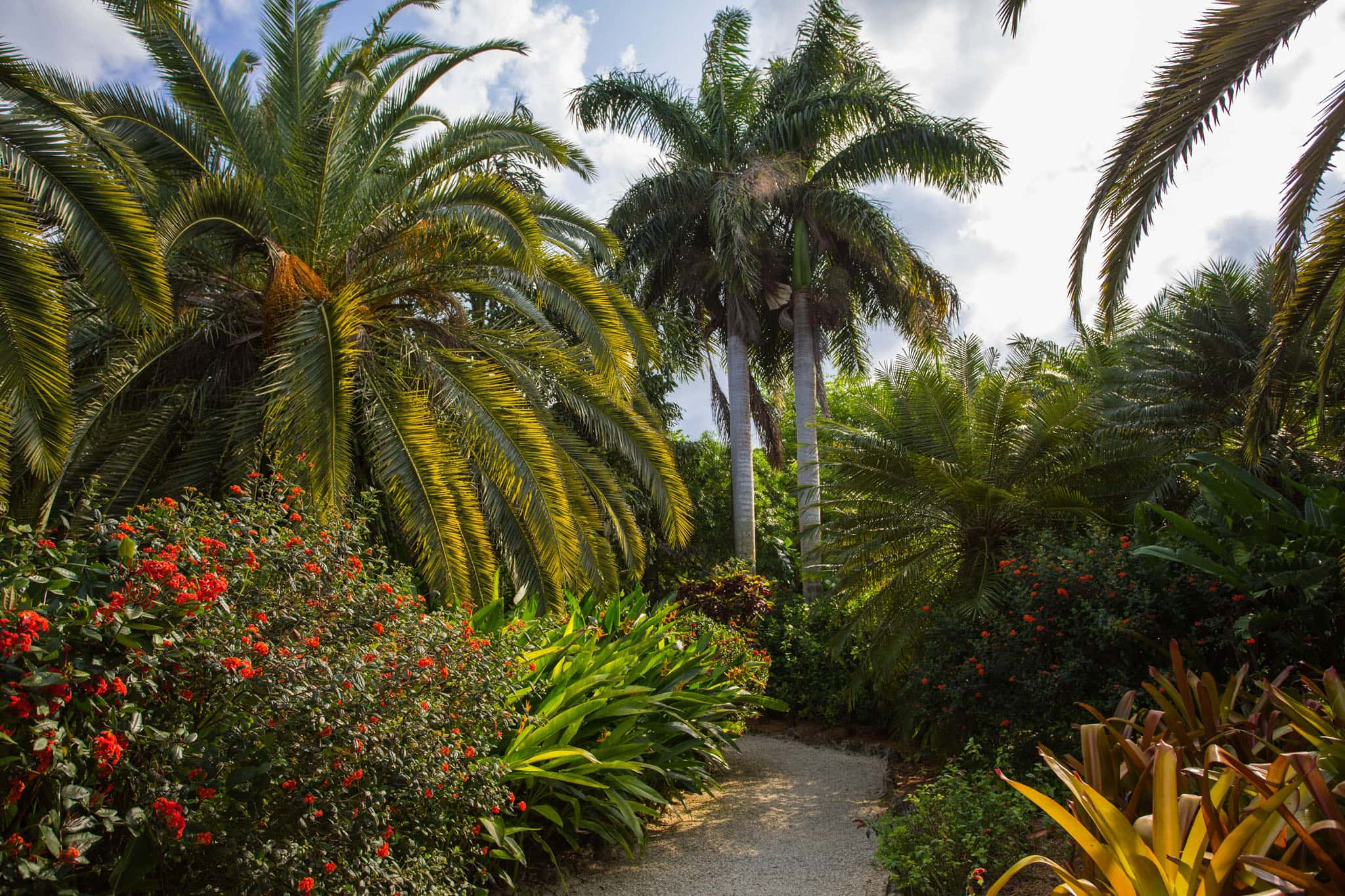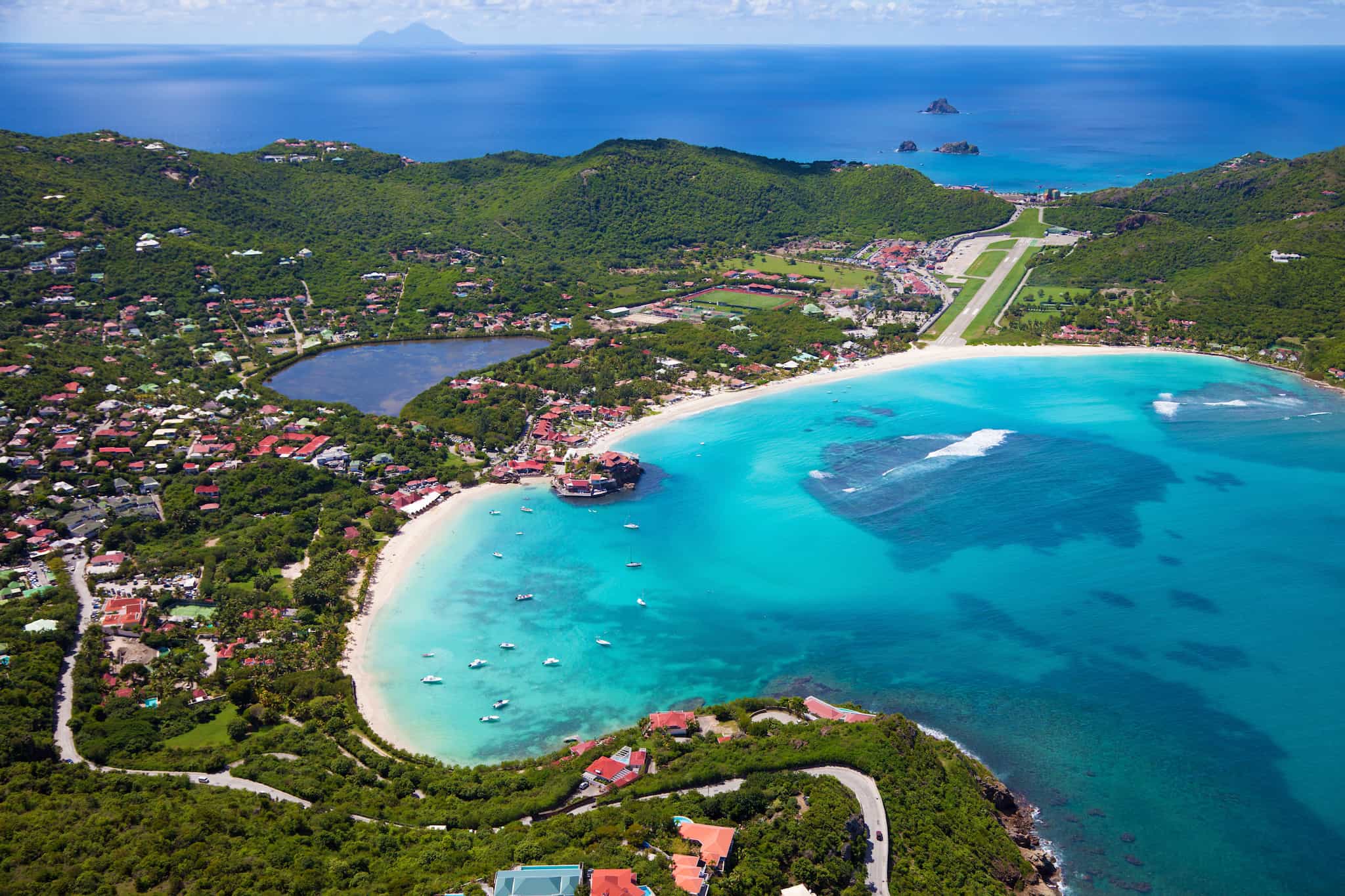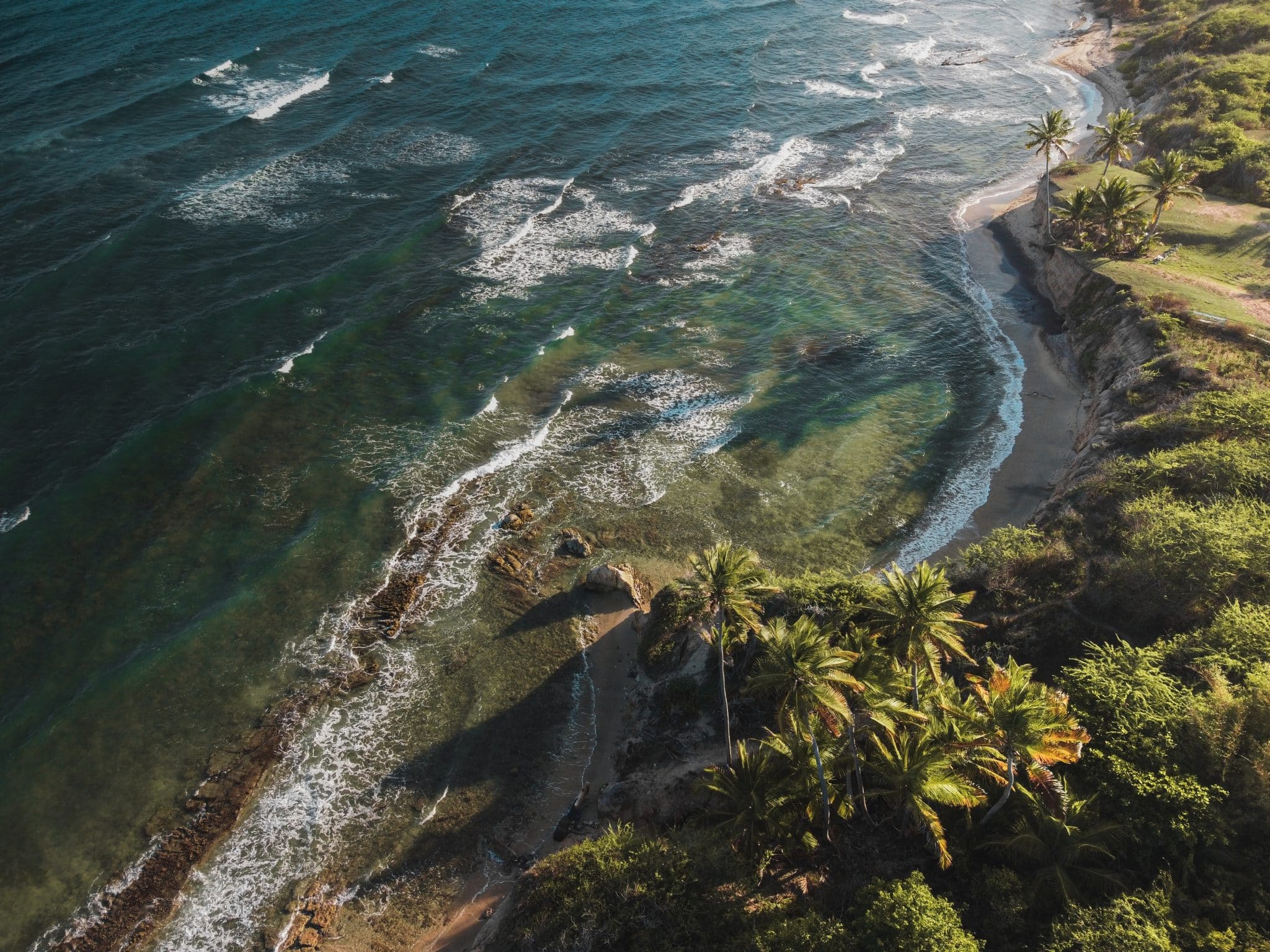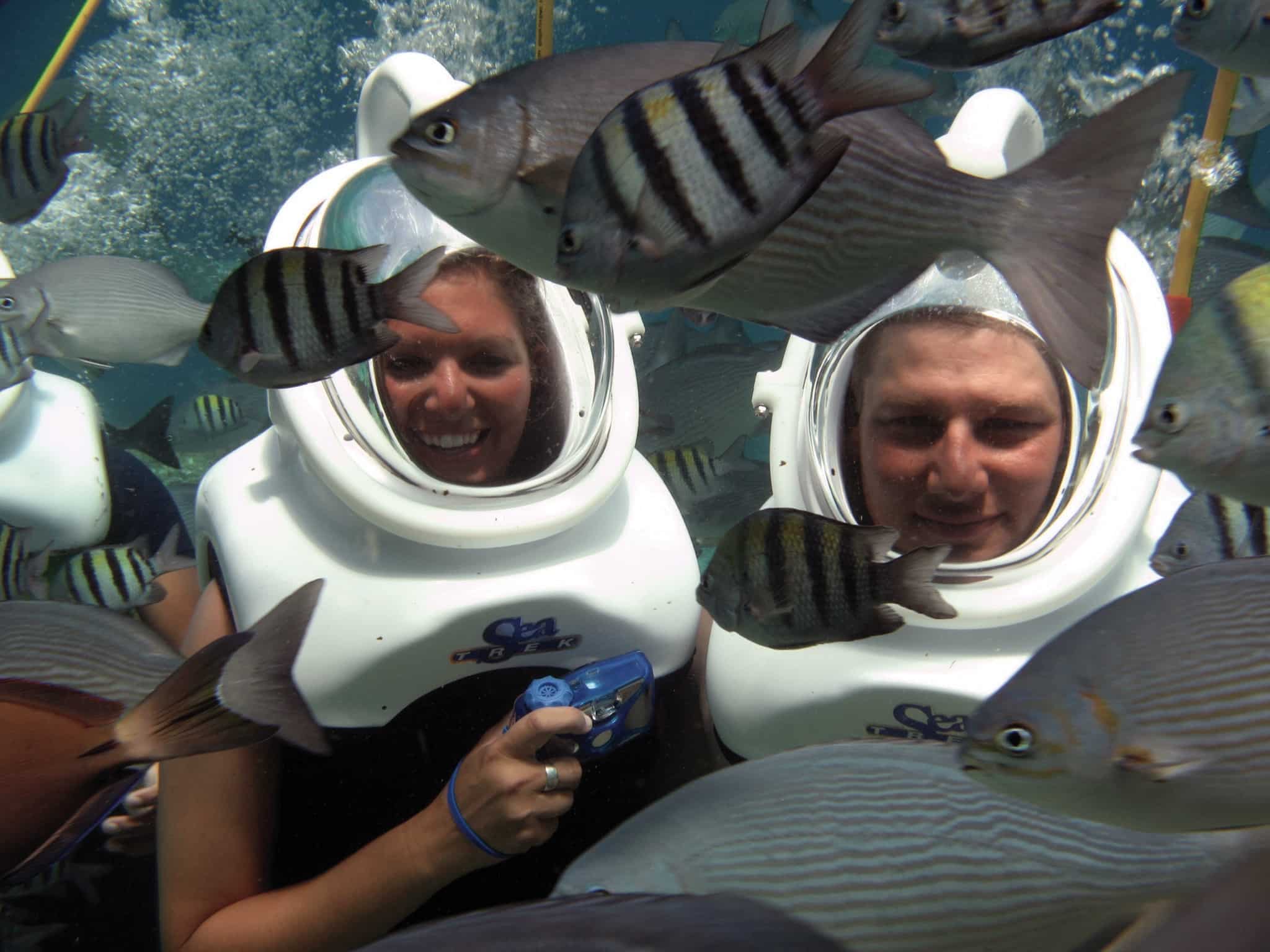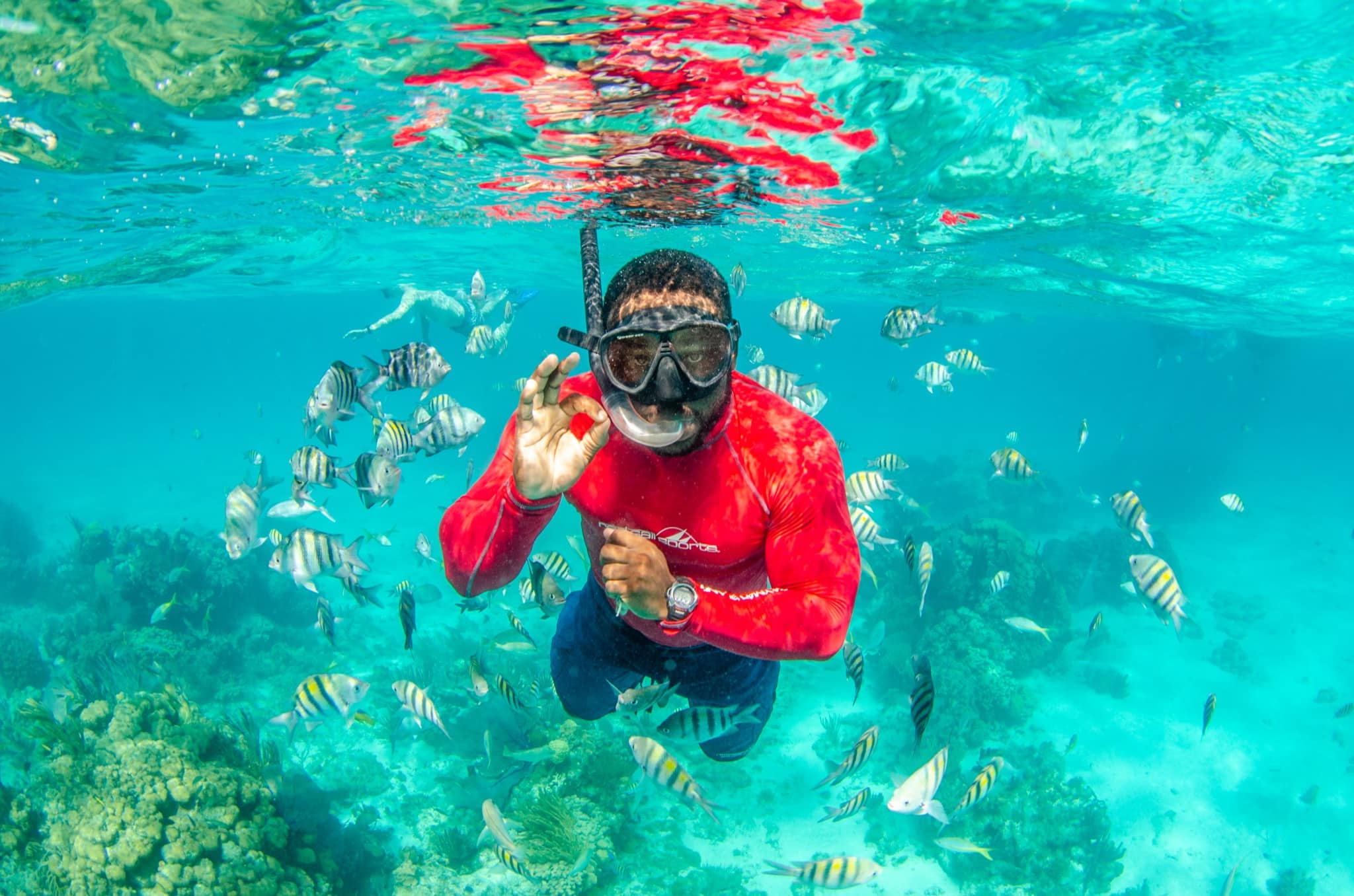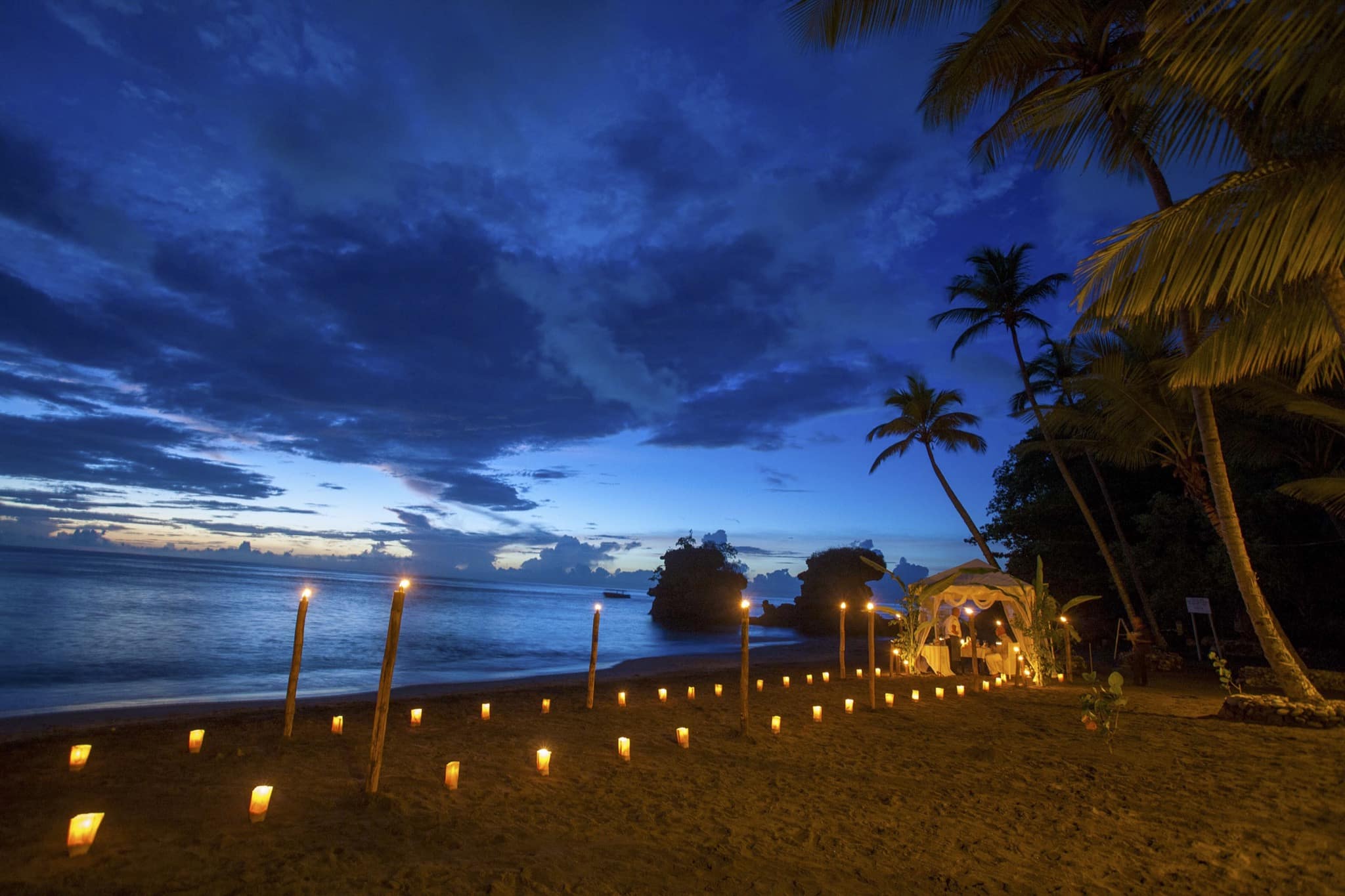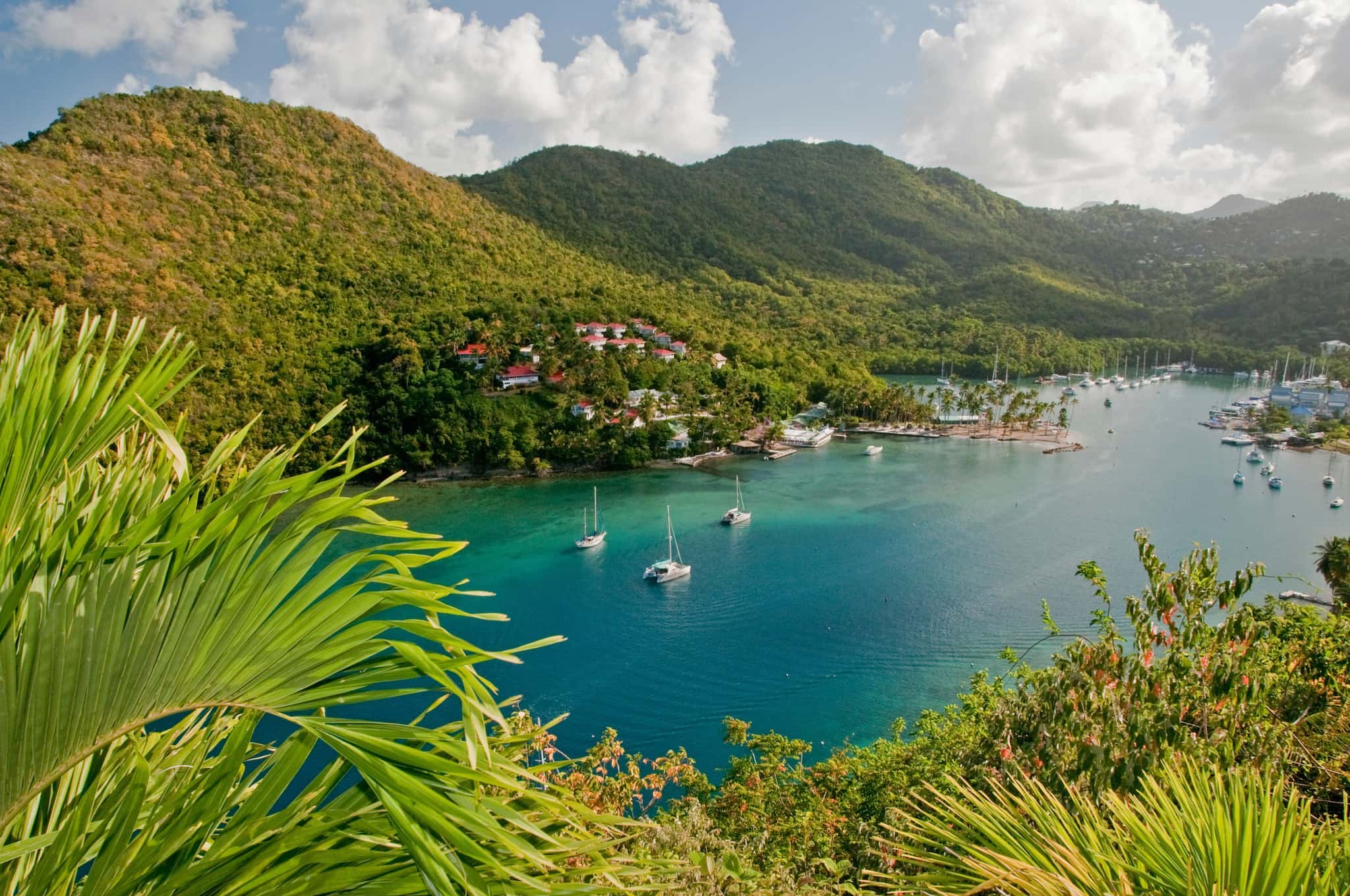Vacationers flock to the beaches of Grand Cayman for sun and sand. Move inland a bit, however, and you’ll discover a quieter, greener side of this island. Here are a few ideas to get you headed back to nature.
Exhibit One
You don’t have to go trekking to catch a glimpse of Grand Cayman’s wilder side. Overlooking Georgetown Harbor, the island’s oldest public building now houses the Cayman Island’s National Museum. Along with cultural exhibits, there’s a gallery devoted to the island’s flora and fauna. If this exhibit whets your appetite for green spaces, take a short drive to the coastal village of Bodden Town and the historic Mission House. After touring the home, spend some time wandering the wooded grounds and adjacent wetlands, which are a protected wildlife habitat.
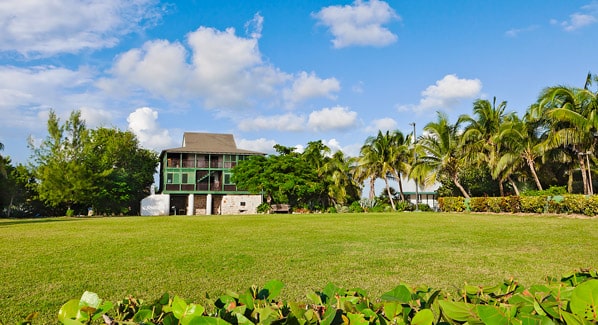
Smell the Flowers
For a civilized yet authentic take on Grand Cayman’s biodiversity, plan an outing to the Queen Elizabeth II Botanical Park. A 40-minute drive from Georgetown, it’s located in the island’s greener North Side District, and on the site of a natural wetland. Meticulously tended floral gardens and orchid displays will delight the botanically inclined, but the real treat for naturalists is the Woodland Trail, which winds through the 40-acre grounds, giving access to a small lake that is a haven for waterfowl. More than half of Cayman’s native fauna can be found along this walk, and the park is also a haven for the indigenous blue iguana, which has rebounded from the brink of extinction.
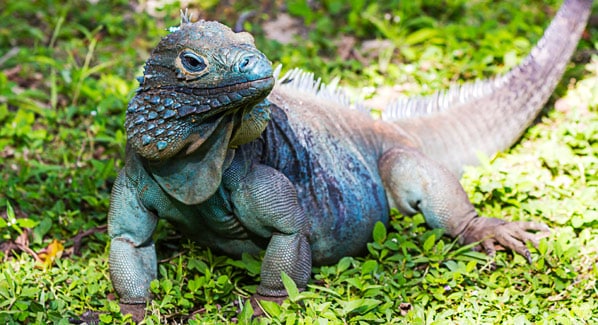
Take a Hike
Named for the namesake trees that shade portions of the route, the two-mile Mastic Trail carries hikers through old growth forest, and ecosystems ranging from mangrove wetlands to palm groves, banana orchards, dry woodlands and former agricultural lands. Wooden walks span marshy areas, and the only climbing involved will be the imperceptible ascent to Grand Cayman’s highest point—which towers all of 60 feet above sea level. The walk will be rich in the scents of wild jasmine and the sounds of birds. The trail is open to all, and guided tours are offered through the National Trust for the Cayman Islands.
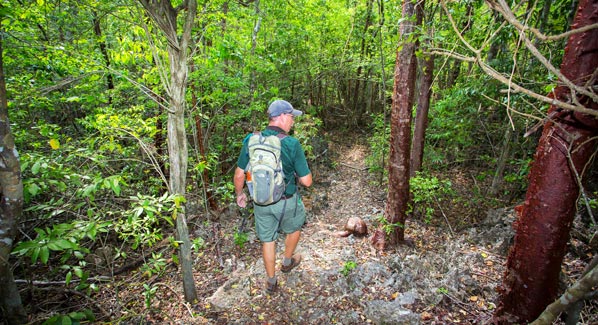
For the Birds
Avid bird watchers have identified more than 240 feathered species that either call Grand Cayman home, or make a stopover during annual migrations. You don’t have to be a die-hard ornithologist to appreciate the sea birds that swoop and dive along the harbor waterfront and patrol the beaches, but a trip to wetlands such as Collier’s Pond or Barkers National Park will reveal a whole different population of waders and fliers. An easy side trip from Seven Mile Beach is the Governor Gore Bird Sanctuary in the town of Savannah, where a boardwalk leads to a small pond that’s home to egrets and herons, while the surrounding woodlands shelter a variety of warblers, kingfishers, thrushes and more.
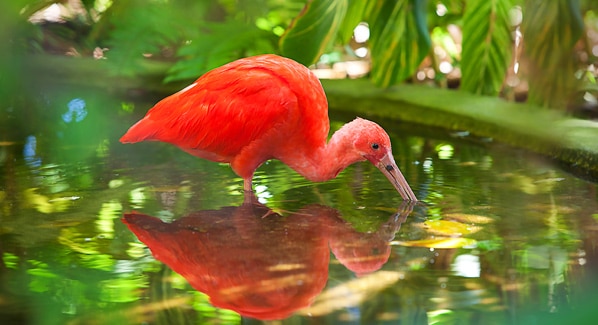
Cruise, Paddle or Splash
Grand Cayman’s North Sound is an expansive area of mangroves and sea grass flats that provides a fertile nursery for marine life. You can discover this natural corner of the island aboard a stable pontoon boat, or get a closer look by joining a paddling tour. Kayak trips follow calm-water channels, and are suitable for the moderately active. For a total immersion into the shallows, several tour companies also offer guided snorkel adventures. In addition to finding fish lurking in the shadowy mangrove roots, there’s a chance of discovering seahorses camouflaged in colorful sponges and octopus hiding in the grasses. Tours depart from marinas in the Seven Mile Beach area.
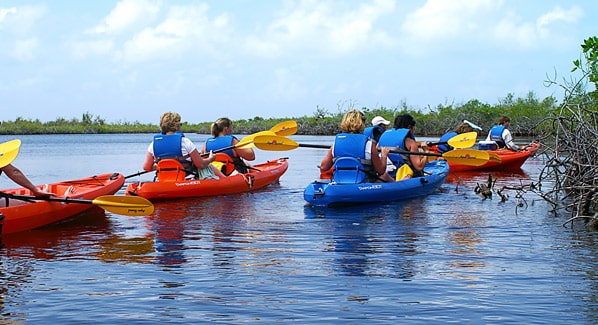
Night Lights
Grand Cayman’s North Sound is one of only a handful of places in the world where water conditions nurture concentrations of tiny single-cell organisms known as dinoflagellates. At night, these diminutive creatures glow like underwater fireflies when disturbed by the flick of a fish’s tail or the stroke of a paddle. On evenings when there is little or no moonlight, guides lead boat and kayak tours into this phosphorescent soup. The more adventurous can even immerse themselves for a night snorkel adventure; creating glowing eddies with every fin stroke.
